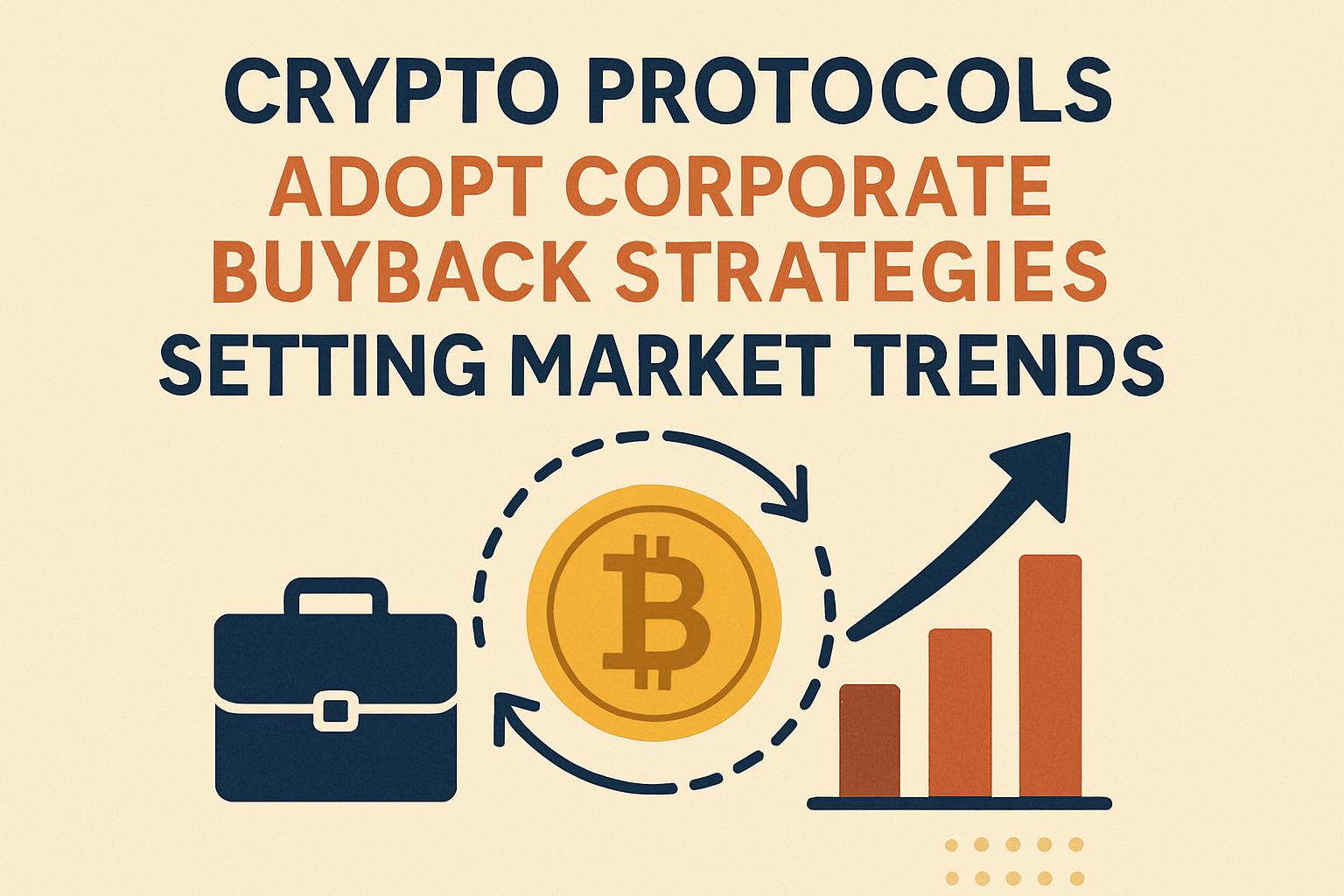In the dynamic realm of cryptocurrency, new trends often mirror traditional financial strategies. One such emergent trend is the adoption of token buybacks by various crypto projects. This strategy, akin to equity buybacks in corporate finance, has seen a substantial upsurge, with weekly buyback amounts reaching approximately $40 million as of late 2025.
The Rise of Token Buybacks
Token buybacks have rapidly become a favored financial tactic among crypto protocols. Recent data from The Block indicates that these buybacks have surged in popularity, doubling in scale since July. Notable contributors to this trend include protocols like Hyperliquid and Pump.fun, which collectively drive a significant portion of this market movement.
Hyperliquid, for instance, has spearheaded this initiative with staggering weekly buybacks totaling around $24 million, surpassing all other protocols combined over the past month. Pump.fun, known for its meme coin platform, has also contributed significantly, injecting around $10 million weekly.
A Strategy Rooted in Traditional Finance
At its core, the logic behind token buybacks is to emulate corporate stock buyback strategies. Crypto projects utilize their treasury funds or revenue to repurchase their own tokens from the market, thereby reducing the tokens’ circulation. This scarcity potentially elevates the token value, bolstering investor confidence and supporting long-term project stability.
Companies like Uber have exemplified this approach in the traditional stock market, inspiring similar moves across industries including digital finance platforms.
Market Impact and Investor Attention
Data from Dexu highlights protocols with active buyback plans as top performers in 2025, boasting superior token price increases of nearly 40% compared to other sectors. The trend reveals a shift in investor priorities towards projects with strong revenue generation and strategic capital management over short-term hype.
Projects that can consistently generate cash flow and reinvest revenues into their tokens are proving more attractive to modern investors, particularly amidst evolving economic landscapes.
Risks and Challenges
While the token buyback strategy offers certain short-term gains, its efficacy remains variable across projects. Token prices often rise during active buyback periods but tend to fall more quickly when buybacks cease, exposing vulnerabilities within the crypto market structure.
Analysts, such as those from Messari, caution that relying primarily on treasury depletion without sustainable revenue can be hazardous, likening it to “drinking poison as sugar.” The continuity of the buyback’s success ultimately hinges on the intrinsic fundamentals and income capabilities of the specific protocol.
A Path to Maturity
As the crypto arena matures, both investors and projects are evolving. Token buybacks should not be mistaken for mere marketing gimmicks. Projects that rely solely on uncontrolled expenditure rather than steady fee-generated income for buybacks risk becoming obsolete in bearish markets.
As noted by industry analyst Monk, “simple buybacks don’t save tokens; they’re a tool, not a solution.” The marketplace is learning that substance, not spectacle, is the true bellwether of value.

![[News] Bitcoin at a Turning Point? 10x Research Signals a Bullish Macro Shift Ahead](https://cryptoexplores.com/wp-content/uploads/2025/06/new20250616.jpg)
![[News] Binance Lists $HOME, the Gas-Free, Bridge-Free All-in-One DeFi App](https://cryptoexplores.com/wp-content/uploads/2025/06/news20250617.jpg)